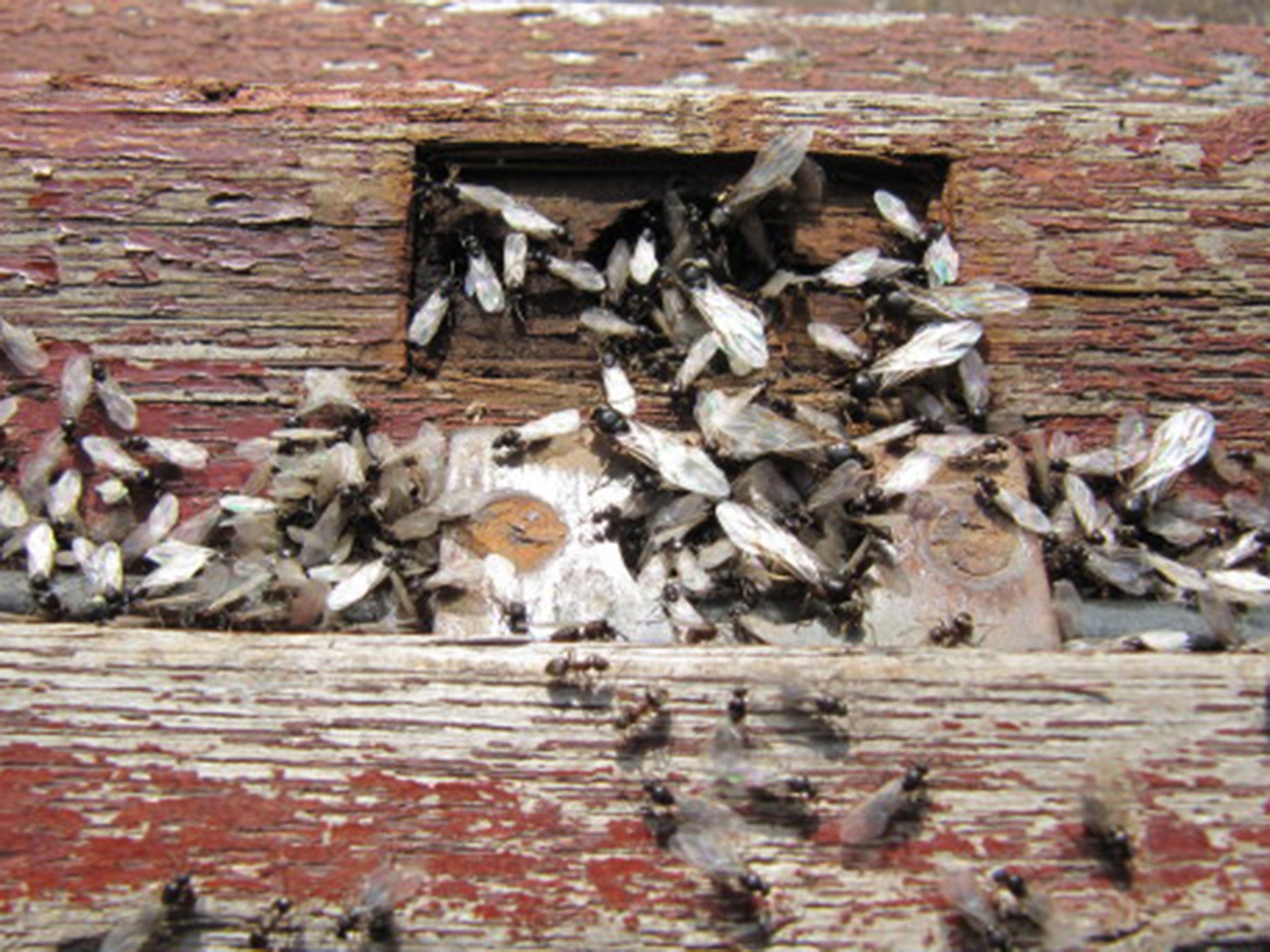Flying ant day: As the horrible moment arrives, everything you need to know about when and why it happens
It's not over, and there's little you can do

Your support helps us to tell the story
From reproductive rights to climate change to Big Tech, The Independent is on the ground when the story is developing. Whether it's investigating the financials of Elon Musk's pro-Trump PAC or producing our latest documentary, 'The A Word', which shines a light on the American women fighting for reproductive rights, we know how important it is to parse out the facts from the messaging.
At such a critical moment in US history, we need reporters on the ground. Your donation allows us to keep sending journalists to speak to both sides of the story.
The Independent is trusted by Americans across the entire political spectrum. And unlike many other quality news outlets, we choose not to lock Americans out of our reporting and analysis with paywalls. We believe quality journalism should be available to everyone, paid for by those who can afford it.
Your support makes all the difference.Flying ant day has arrived.
People across the country are fleeing for cover and finding themselves repulsed at the ground beneath their feet, as the critters jump out of the pavement and flying into humans.
The whole process is a consequence of the weather, and a key part of their reproduction. For the ants, it is a key part of their life cycle – and for humans, it is a key part of the summer.
And while the whole thing might be incredibly stressful for people who are just trying to get home, or tennis players who are just trying to win Wimbledon, it might be even more intense for the ants.
What is it?
Flying ant day is aptly named: it's a day of flying ants. And lots of them.
If you've been lucky enough to avoid the phenomenon, here's how it will usually go: first you'll be hit in the face by a flying ant, or you might see a strange number of bugs on the ground, and then you'll be hit by another, and then they'll keep coming.
The ants – who temporarily have wings – leap out of the ground and try to spread themselves around. Often, that happens to mean spreading themselves right into your face, just as you're walking around.
Why does it happen?
The ants have moved into the "nuptial flight" phase of their reproduction. Flying ant day is actually the day when the ants take off from their colonies, and use their wings to fly to a new one so they can spread out.
Though not all ants are able to fly, the winged queens and males have been staying in their colonies until the perfect time to get out, spread and start reproducing. Flying ant day is the moment that happens.
For the ants, the day is incredibly intense – even more intense than it is for the humans who crash into them.
As the queen sets off out, she emits pheromones that attract the males. But when they follow her, she will run away – that process of fleeing means that only the strongest are left to mate with, helping to make sure her children are as fit and fast as they can be.
Once that mating happens, she will probably mate with several male ants during the nuptial flight period we know as flying ant day. She can then store their sperm in her abdomen for a lifetime, using it to fertilise millions of eggs.
The process is evolutionarily useful, since it helps the ants spread their population to other territories and prevents cross-breeding.
When is it?
It usually happens sometime in July or August. The exact date depends on a whole range of factors, but weather is a key one – and the current combination of intense heat and then high humidity appears to have spurred them into action already this year.
So is it over?
No. While flying ant day is celebrated with all the enthusiasm of an annual holiday, it can actually happen more than once a year.
Flying ant day actually varies by their habitat, the local weather, what species they are and a whole host of other factors. All of those variables apply differently to different ants – meaning they'll come out on different days, though it will be concentrated in particular surges so that the ants can maximise the chance of meeting a mate.
What's more, the flying ants are now out. They won't stop being out for the next few weeks, so you'll be feeling the effects of today for some time.
Is there any danger?
Not really. Flying ants are mostly harmless – though some have been known to bite, that is very rare in the UK.
The only thing you can really do is try and avoid coming into contact with them. That's going to be difficult given their proficiency for leaping out of the ground at the most disgusting moment, but at least by staying alert you can try and keep them from flying into your mouth or anywhere else.
There are ways to kill them: shooting them with washing up liquid, or covering up or pouring water into their nests. But the insects are helpful for the environment – helping to keep the ground aerated and ecosystems flourishing, as well as providing useful food for birds – so while it might be disgusting, it's better simply to put up with the critters.
Join our commenting forum
Join thought-provoking conversations, follow other Independent readers and see their replies
Comments